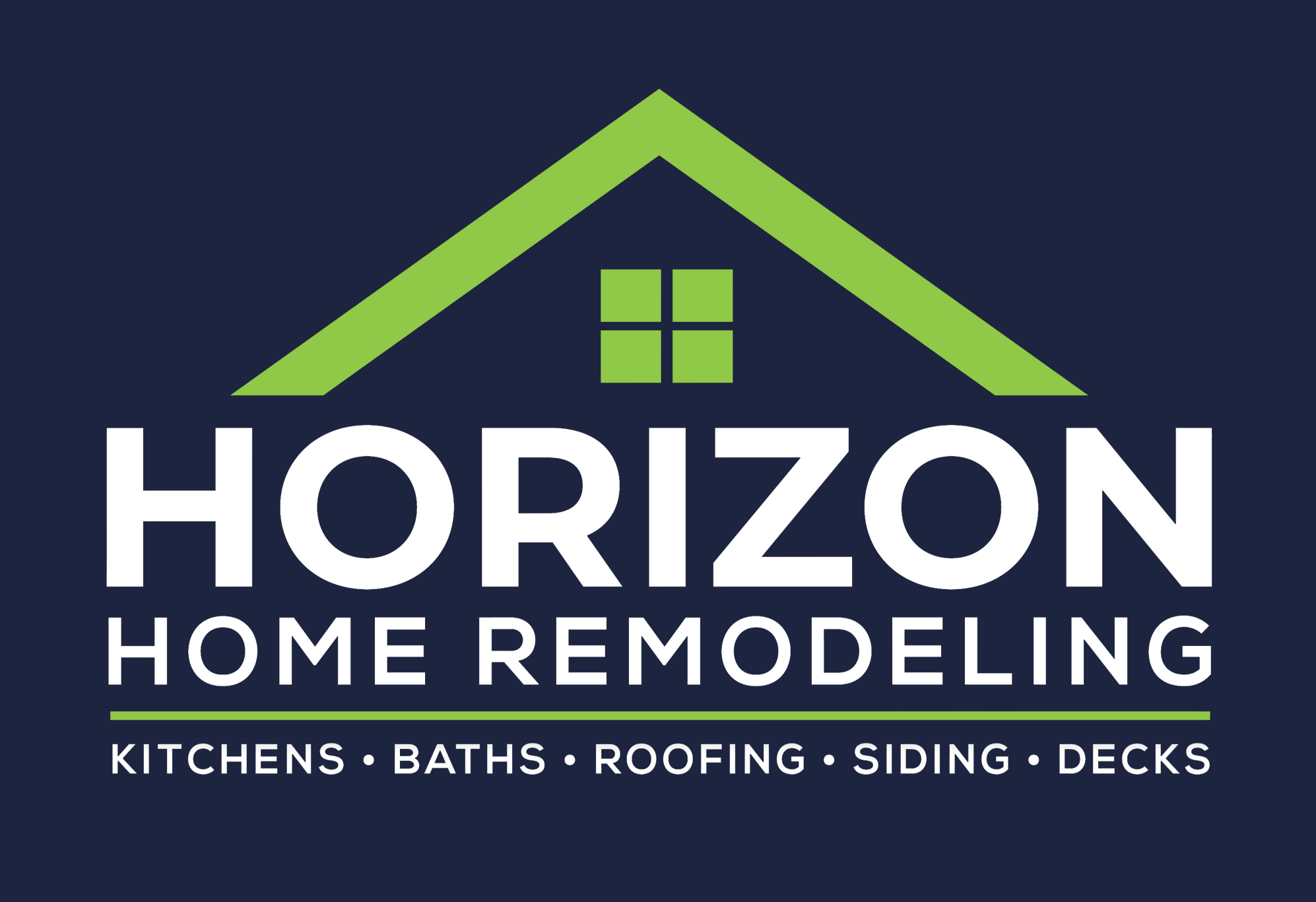Building an outdoor living space can transform your home, providing you with a comfortable area to relax, entertain, and enjoy nature. Two popular options that homeowners consider when planning such spaces are pergolas and roofs. Each structure has its own set of benefits and drawbacks. In this article, we’ll explore the differences between pergolas and roofs, helping you make an informed decision tailored to your lifestyle and preferences.
Understanding Pergolas
What is a Pergola?
A pergola is an outdoor garden feature consisting of a framework covered with trained climbing or trailing plants. It typically has a series of vertical posts or pillars that support cross-beams and open latticework. Unlike roofs, pergolas are more about creating a decorative space rather than a fully enclosed one.
Benefits of Pergolas
- Aesthetic Appeal: Pergolas add visual interest to your garden or patio area, enhancing the overall design of your landscape.
- Partial Shade: They provide filtered sunlight, allowing you to enjoy outdoor space without the intense heat.
- Versatility: Pergolas can be customized in size and design to fit your specific needs and taste.
- Integration with Nature: They can be adorned with vines or flowers, blending seamlessly into the natural environment.
- Cost-Effective: Generally, building a pergola can be less costly compared to a full roof structure.
Drawbacks of Pergolas
- Limited Protection: While they offer partial shade, pergolas do not provide effective protection against rain or severe weather.
- Maintenance: If you choose to plant climbing vines, they require upkeep, including regular pruning and care.
- Seasonal Use: Pergolas may be less enjoyable in colder months or during inclement weather.
Understanding Roofs
What is a Roof?
A roof, in the context of outdoor living spaces, refers to a solid covering that can completely enclose an area, preventing light rain and sun exposure. Roof types can range from simple awnings to elaborate structures with full insulation and ventilation systems.
Benefits of Roofs
- Complete Protection: Roofs provide comprehensive coverage from weather elements, including rain, snow, and UV rays.
- Year-Round Use: A covered area allows you to use the space regardless of weather conditions, making it more versatile.
- Insulation: Depending on the material and design, roofs can help moderate the temperature of your outdoor area.
- Increased Home Value: A well-constructed roof can elevate your property’s aesthetic and functional value.
- Privacy: Unlike pergolas, closed roofs can provide a sense of privacy, shielding you from neighbors’ views.
Drawbacks of Roofs
- Higher Cost: Building a roof generally involves a more significant financial investment than a pergola.
- Complexity of Installation: Roof structures may require professional installation, especially if they need to connect to existing roofs.
- Fixed Structures: Once built, roofs are more rigid compared to the flexibility of pergolas in terms of design and adaptability.
Key Considerations for Your Outdoor Space
When choosing between a pergola and a roof, it’s essential to consider several factors that may influence your decision.
Climate and Weather Conditions
The climate in your region significantly impacts your choice. In areas with frequent rain or extreme heat, a roof may be a more suitable option for year-round usability. Conversely, in milder, sunnier climates, a pergola may suffice for providing shade and aesthetic appeal.
Intended Use
Consider how you plan to use your outdoor space. If you envision hosting gatherings or spending time outdoors regardless of the weather, a roof may be more appropriate. If your primary use is for casual relaxation or garden aesthetics, a pergola might be a better fit.
Budget
Cost considerations are crucial. If you’re on a tight budget, a pergola is typically more affordable. However, if you have the means to invest in a roof, it may pay off in terms of durability and overall utility.
Space and Design
Think about the existing layout of your outdoor area. Pergolas can fit snugly into smaller spaces and can be designed to complement your garden. Roofs often require more space and may alter the existing layout significantly.
Real-Life Examples
Case Study: A Family in Florida
A family in Florida opted for a roof structure to create a covered patio, allowing them to enjoy their outdoor space year-round. They installed ceiling fans and lighting, ensuring the area was usable even during summer evenings. The investment not only enhanced their quality of life but also increased their home’s resale value significantly.
Case Study: A Garden Enthusiast in Oregon
In Oregon, a garden enthusiast chose a pergola to support climbing roses and provide a beautiful spot to enjoy her garden. The pergola became a stunning focal point, seamlessly blending into the landscape while providing partial shade. Maintenance was minimal, but the structure required regular upkeep to manage the vines.
Making the Right Choice
As you weigh the options, ask yourself the following questions:
- What’s the primary purpose of your outdoor space?
- How often will you be using this area?
- What is your budget for construction and maintenance?
- What climate conditions will your structure need to endure?
Conclusion
In summary, both pergolas and roofs have unique advantages and disadvantages, making them suitable for different types of outdoor living experiences.
If you’re looking for a cost-effective, aesthetically pleasing structure that provides partial shade, a pergola may be the right choice. On the other hand, if you require all-weather protection and a year-round space for entertainment and relaxation, investing in a roof is likely the better option.
By carefully considering your needs, budget, and the existing layout of your outdoor space, you can make a choice that enhances your home and lifestyle. Ultimately, the right structure will not only beautify your space but also serve as a valuable investment for years to come.



